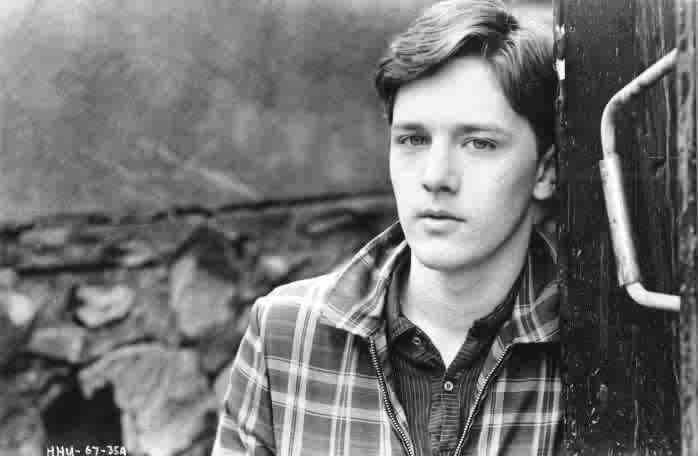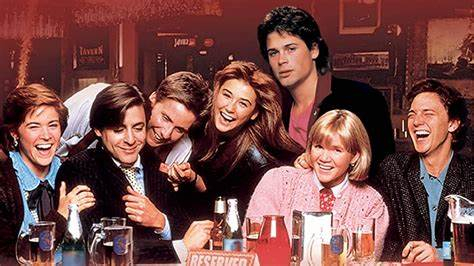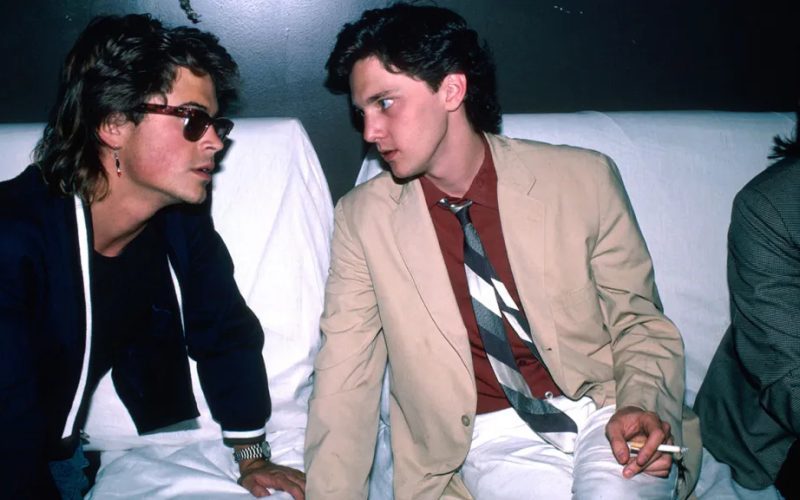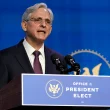Andrew McCarthy, renowned actor and director, has turned his lens on himself and the iconic ’80s cohort in his new documentary, Brats. The film explores what it meant to be part of Hollywood’s most exclusive club, the Brat Pack, a title none of them asked for but were ultimately defined by.
A Personal Journey into the Brat Pack
Andrew McCarthy‘s journey in creating Brats is deeply personal. The documentary is not a definitive account of the Brat Pack but rather a subjective exploration of his experiences. McCarthy delves into how the term “Brat Pack” affected him and his peers, seeking clarity on this seismic event in his life.

Revisiting the Impact of the Brat Pack Label
Andrew McCarthy explores his evolving relationship with the term “Brat Pack.” He reflects on whether the label was fair or not and how it was received. The documentary captures how his perception of the Brat Pack has changed over time, offering a fascinating look at the evolution of his feelings about this cultural phenomenon.
A Communal Conversation with Fellow Brat Pack Members
Unlike his book Brat, which was a solitary endeavor, Andrew McCarthy‘s documentary Brats is a communal conversation. He reconnects with his former co-stars, discussing their shared experiences. This reconnection highlights the importance of community and the powerful bond formed by their collective journey through Hollywood.
The Essential Interview with David Blum
Andrew McCarthy knew he had to talk to David Blum, the journalist who coined the term “Brat Pack.” Blum’s New York Magazine story played a pivotal role in shaping their public image. McCarthy was curious about Blum’s perspective and how his views on the Brat Pack have evolved since then.
Challenges in Filming the Documentary
The process of making Brats was far from smooth. Andrew McCarthy faced numerous challenges, including scheduling interviews with key figures. At times, he had to pivot quickly when interviews were canceled. Despite these hurdles, McCarthy’s determination kept the project moving forward.
Revisiting the Original Brat Pack Story
Andrew McCarthy reread David Blum’s New York Magazine article for the documentary. He found the piece to be less scathing than he initially remembered. McCarthy acknowledged that Blum’s agenda was to make an impression, not to provide a clear portrayal of the actors.
The Absence of Molly Ringwald and Judd Nelson
Andrew McCarthy addressed the absence of Molly Ringwald and Judd Nelson in Brats. He included their reasons for not participating in the documentary. McCarthy felt it was important to acknowledge their absence, ensuring that the audience understood their perspectives.
Insights from Key Conversations
One of the most enlightening aspects of Brats was understanding the conditions that led to the Brat Pack phenomenon. Andrew McCarthy explored how the shift in Hollywood’s focus to youth culture created the perfect environment for the Brat Pack to emerge. This cultural shift was a crucial factor in their rise to fame.

The Unique Cultural Moment of the Brat Pack
Andrew McCarthy believes that the Brat Pack’s emergence was a product of its time. The unified youth culture of the ’80s, combined with Hollywood’s new focus on young audiences, created a unique moment. McCarthy argues that such a phenomenon is unlikely to occur again in today’s fragmented media landscape.
Conclusion: The Lasting Legacy of the Brat Pack
Andrew McCarthy‘s documentary Brats provides a poignant and personal exploration of the Brat Pack’s legacy. It highlights the deep connections formed during that era and the lasting impact on those involved. McCarthy’s reflections and the communal insights from his peers offer a compelling look at one of Hollywood’s most iconic groups.












